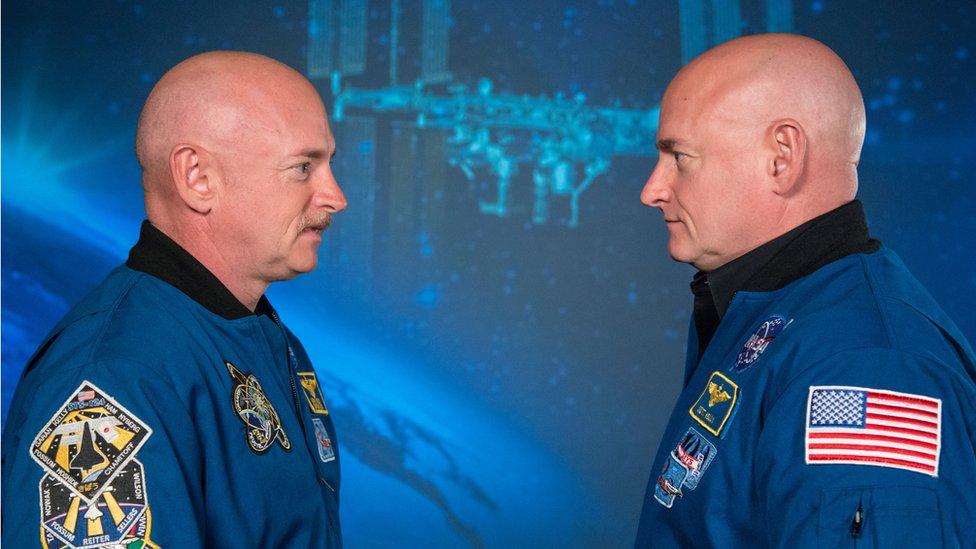Nasa names street 'Hidden Figures Way' after three scientists who fought prejudice
- Published
- comments
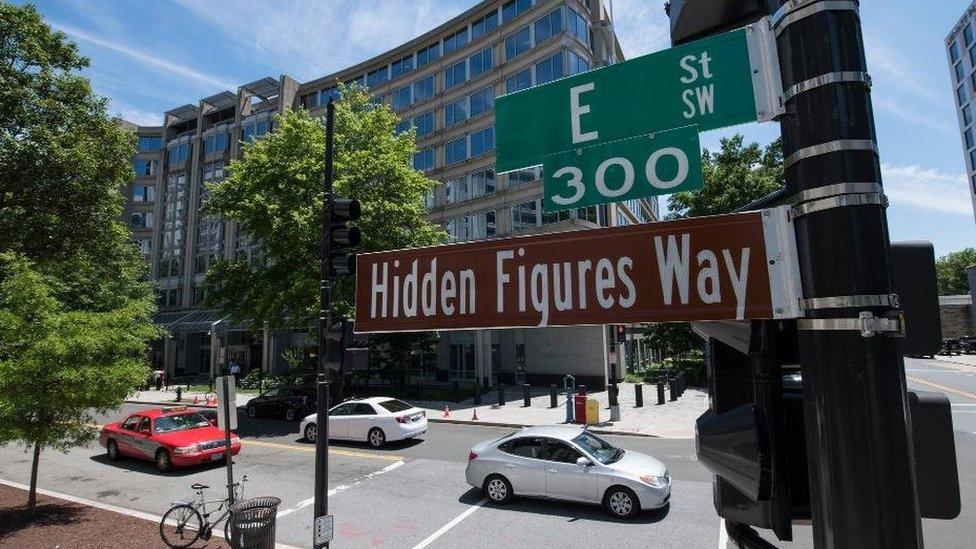
On the street outside the headquarters of United States space agency - Nasa - has been renamed.
It is now called Hidden Figures Way in honour of three women who worked on some of Nasa's biggest projects in the 1960s.
The African-American 'human computers' were Katherine Johnson, Dorothy Vaughan and Mary Jackson - all of whom were subject to prejudice and racism during their time at the space agency.
However, they worked to overcome the discrimination they faced and eventually they became respected as scientists, engineers and leaders.
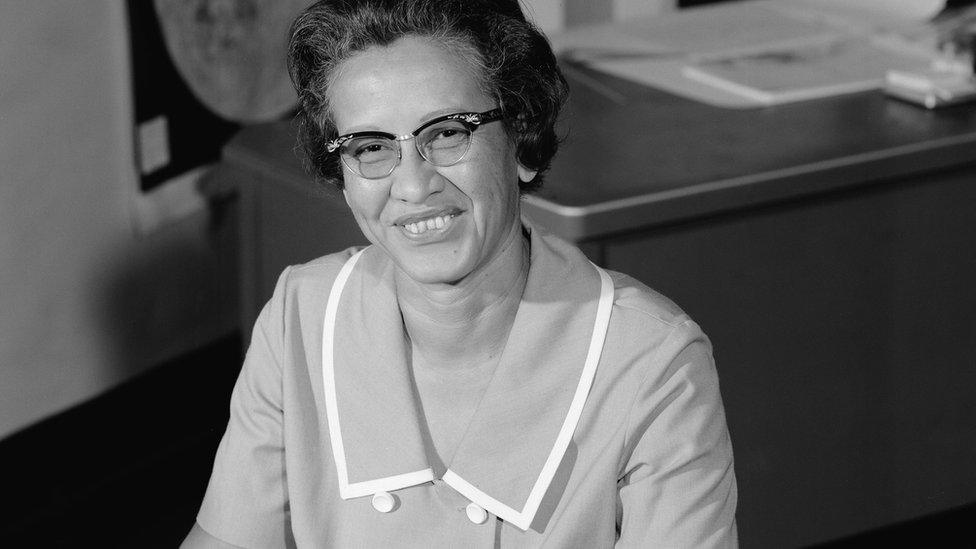
Katherine was first hired by Nasa as a 'human computer'
The street is called Hidden Figures Way because the stories of these women were all featured in a book called 'Hidden Figures'.
The book also inspired a film of the same name.
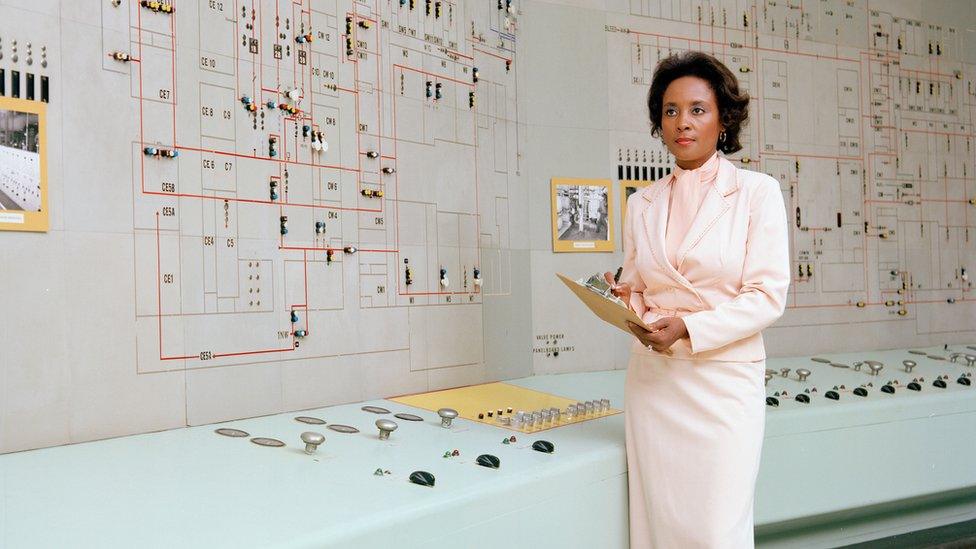
Besides Katherine, Dorothy and Mary - there were hundreds of other African-American women who worked at Nasa during the 60s. Annie Easley was one of the first African-Americans to work as a computer scientist at Nasa.
Who were the hidden figures?
Throughout history, women and African-American women in particular have faced a lot of prejudice in scientific fields.
During the 1960s, Nasa often employed women as 'computers' and expected them to do lots of calculations to help out with various projects.
This was before machines could do these calculations automatically using code.
These women were often disrespected and not credited for their work.
Three of these women were Katherine, Dorothy and Mary.
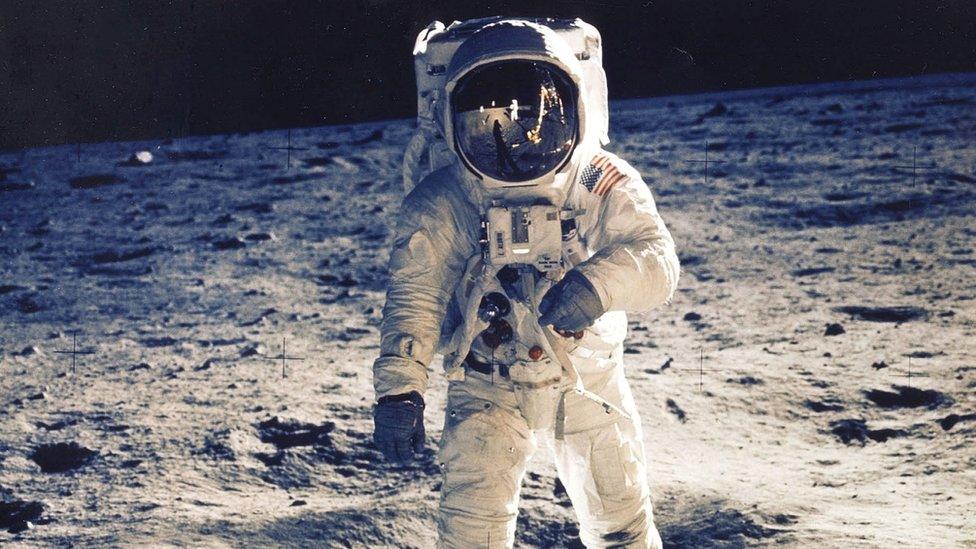
Katherine Johnson helped land the first people on the moon
However, all three battled discrimination to become respected members of Nasa.
Katherine was a talented mathematician and helped land the first human on the Moon.
Republican Senator Ted Cruz contributed to the sign, saying "When little girls and little boys come to see Nasa, they're going to look up and see that sign."
"This sign is a powerful testament that anyone who is telling a little girl or a little boy 'You can't do something', is not telling the truth."
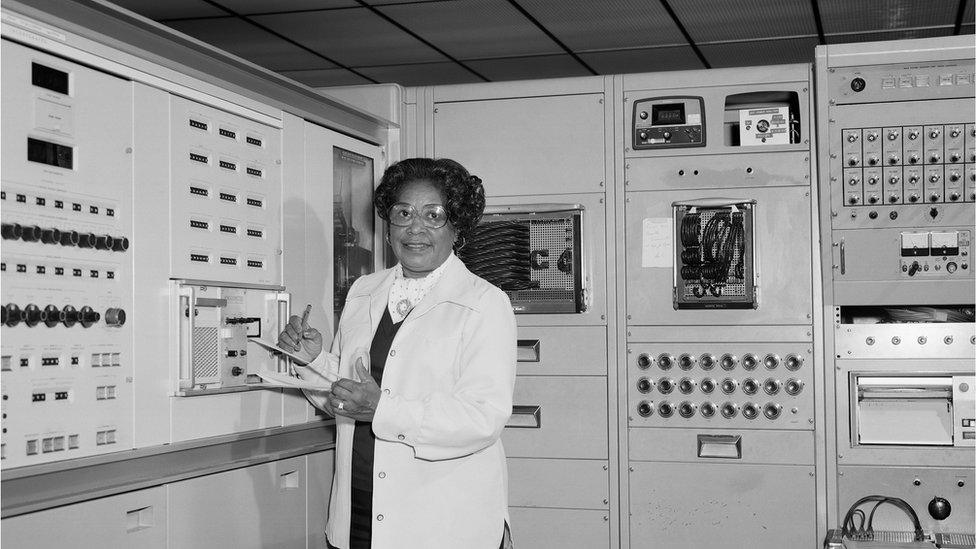
Mary Jackson was the first female African-American engineer at Nasa
What is it like at Nasa now?
This year is the 50th anniversary of the first landing on the Moon.
While lots has changed in fifty years, many women still struggle to get equality in scientific jobs with the male colleagues, and people of colour still are subject to discrimination.
Only 11% of the people who have travelled to space have been women, and Nasa has only had 17 African-American astronauts in its history.
Earlier this year, Nasa's first all-female space walk was cancelled as there were not enough suits of the right size to fit the women taking part.
- Published27 March 2019

- Published20 May 2019
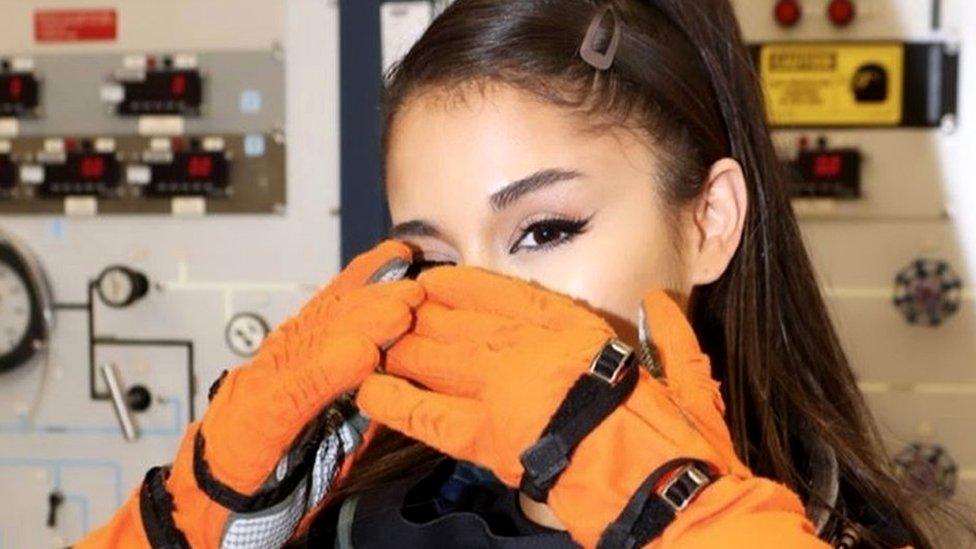
- Published12 April 2019
